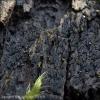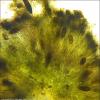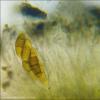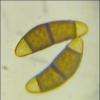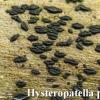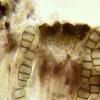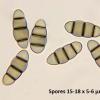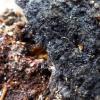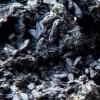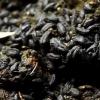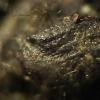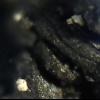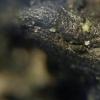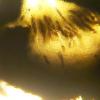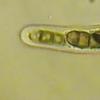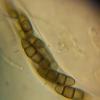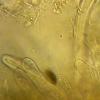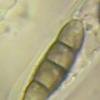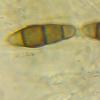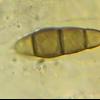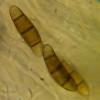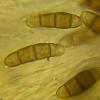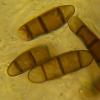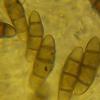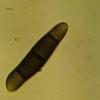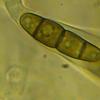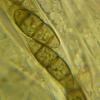
07-12-2025 16:07
Arnold BüschlenHallo, ich habe in einer Moos-Aufsammlung (epiohy

05-12-2025 17:33
 Bruno Coué
Bruno Coué
Bonjour, je serais heureux de recueillir votre avi

07-12-2025 09:24
De la pasada semana en Galicia EspañaEn el suelo

06-12-2025 00:19
 Viktorie Halasu
Viktorie Halasu
Hello, would anyone have this article, please? An

02-12-2025 18:59
This pair of ascos 2.5cm across were on recently b

02-12-2025 19:25
Buckwheat PeteHello, can anyone identify this hairy fungus growi
Hi.
Initially, I marked this collection as a Hysterium pulicare, but I do not have a certainty so I am asking for help.
Spores:
(19.2) 21.8 - 25.9 (27.3) × (6.9) 7 - 7.7 (8.2) µm
Q = (2.8) 3.1 - 3.3 (3.6); N = 7
Me = 23.5 × 7.3 µm; Qe = 3.2
27.27 8.21
19.18 6.86
21.83 7.09
22.40 6.99
25.93 7.25
23.22 7.16
24.72 7.75
greetings
Mirek
Mirek

As I mentioned, initially I described this collection as a Hysterium pulicare due to the brighter colored ends of spores. However, I did not know anything about the existence of Hysteropatella elliptica. Yesterday, I found a bit of data about it and I had the impression that morphological features more match this species?
However, as Zotto said, he did not fit a substrate.
Yes, it's definitely Betula (I place a more general photo).
I have one more similar collection also gathered from Betula but I have not yet explored her. However, these grew on the bark, I will post later.
greetings
Mirek
Do you mean that this is not Betula?
I can only add that the picture is actually not the best. It was made with very cloudy weather. In any case, the bark was white, definitely whiter than in the picture.
Mirek
Hi friends,
First, thanks to Mirek.
In 2011, I collected one fungus on Betula, kept in herbarium under the name Hysterium sp. cf pulicare. There were many hysterothecia, densely packed against each other, and if I well remember, elongated, not like H. pulicare that is morphological variable. It was observed on decorticated wood, next to, and under the bark, like Mirek's ones.
I can look at it again, if necessary. Microscopy was like Mirek's one.
Alain

Hi Zotto,
I will check it, Keep in touch, please.
Alain
Ascomata grew on a birch bark, on a trunk after a cut tree.
I place more photos of spores showing their various.
Their dimensions:
(18.6) 21.2 - 24.4 (24.8) × (5.2) 6 - 6.9 (7.5) ?m
Q = (2.9) 3.2 - 3.8 (4); N = 15
Me = 22.6 × 6.4 ?m; QE = 3.5
24.36 6.06
21.17 5.24
21.55 6.57
22.74 6.03
22.58 6.34
18.64 5.78
23.21 7.48
23.07 6.94
21/06 7.15
24.79 6.58
22.99 6.41
22.75 6.79
22.27 6.43
23.28 6.07
24.45 6.85
Comments are welcome :)
greetings
Mirek

Mirek

